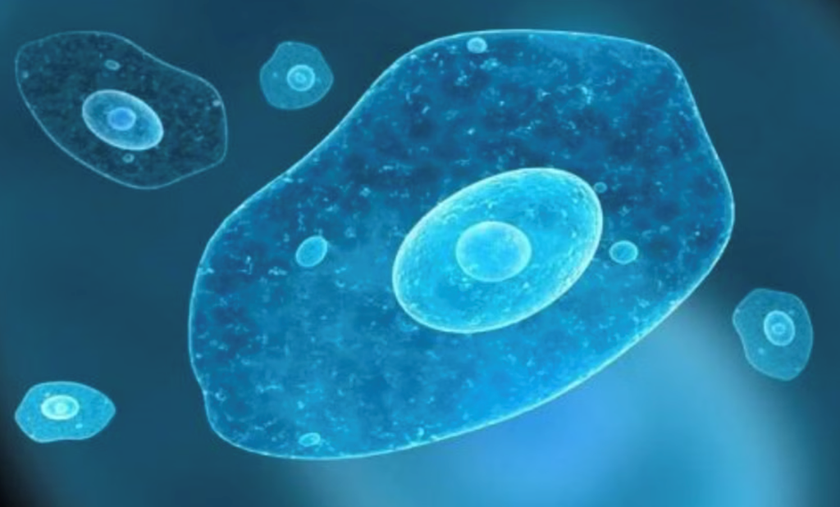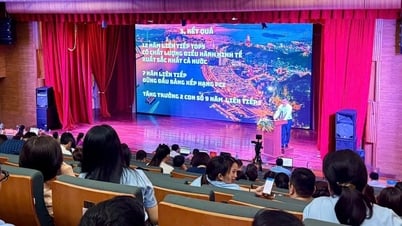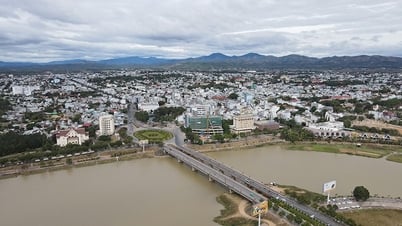Scientists at the University of California (USA) have just made a breakthrough discovery about the mechanism of action of a dangerous parasite that has the ability to "liquefy" human organs.
A single-celled parasite with the scientific name "Entamoeba histolytica" under a microscope. Photo: pharmacity.vn |
Research led by microbiologist Professor Katherine Ralston has shed light on the mystery of how the parasite attacks the human body.
This single-celled parasite, scientifically known as "Entamoeba histolytica", currently affects about 50 million people each year and causes 70,000 deaths. What makes it special is that it has the ability to kill human cells and then "disguise" itself as dead cells to avoid detection by the immune system.
According to research, this parasite usually enters the human body through the digestive tract when eating contaminated food or water. Although most infections only cause diarrhea, in some cases it can be fatal by eating away at the large intestine, liquefying the liver, and even attacking the brain and lungs.
Unlike previous theories that the parasites inject toxins into human cells, the team found that they actually “bite” off small pieces of cells through a process called “trogocytosis” — a biological process in which cells take away parts of the cell membrane or molecules from other cells through direct contact. After “eating” the cells, they use the remains as camouflage to fool the immune system.
To investigate this mechanism further, Professor Ralston's team built an "RNAi library" that allowed them to study each of the parasite's 8,734 known genes. Using gene editing technology, the scientists were able to tag proteins inside the parasite with fluorescent markers to track their activity.
According to VNA
Source: https://baophapluat.vn/phat-hien-ky-sinh-trung-nguy-hiem-co-kha-nang-hoa-long-noi-tang-con-nguoi-post548394.html



![[Photo] Prime Minister Pham Minh Chinh chairs the Government's special meeting on law-making in May](https://vphoto.vietnam.vn/thumb/1200x675/vietnam/resource/IMAGE/2025/5/22/1c880aae96fd4e0894abc47a46fe19ba)



![[Photo] General Secretary To Lam chairs a working session with the Central Internal Affairs Commission](https://vphoto.vietnam.vn/thumb/1200x675/vietnam/resource/IMAGE/2025/5/22/3b7790f499da45b2803d8ae253207ef1)











































































![[Podcast] Week introducing more than 500 OCOP products in Hanoi](https://vphoto.vietnam.vn/thumb/402x226/vietnam/resource/IMAGE/2025/5/22/d144aac2416744718388dbae3260e7fd)






Comment (0)